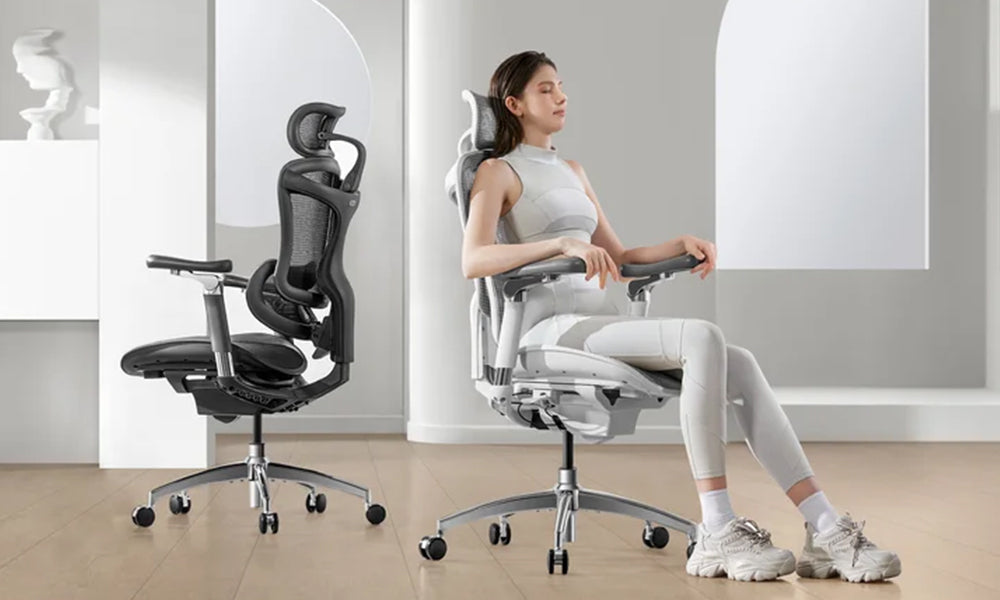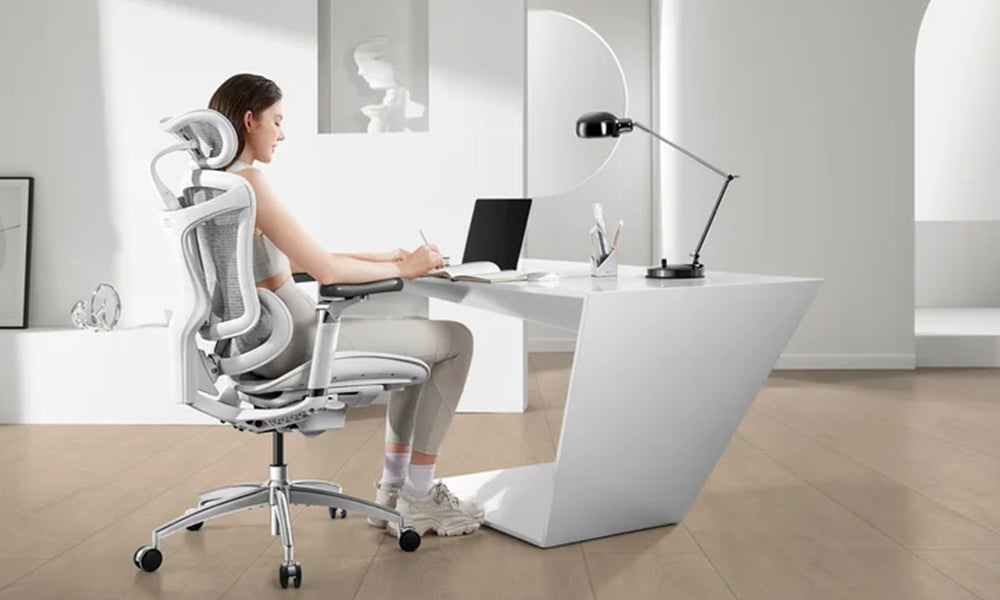Choosing the right office chair is a crucial decision for anyone who spends a significant amount of time working at a desk. One of the common dilemmas people face when shopping for an office chair is whether or not to opt for a model with armrests. Armrests on office chairs have been a topic of debate among ergonomic experts and office workers alike. In this comprehensive guide, we will delve into the pros, cons, and ergonomic considerations of having armrests on your office chair to help you make an informed decision.
The Importance of Office Chair Ergonomics
Before we dive into the armrest debate, it's essential to understand the fundamental principles of office chair ergonomics. Proper ergonomics can significantly impact your comfort, productivity, and long-term health. Key aspects of ergonomic office chairs include:
Lumbar Support: Support for the natural curve of your lower spine to reduce strain.
Seat Height and Depth: Adjustability to ensure your feet rest flat on the floor, with a 90-degree angle at the knees.
Seat Material: Breathable and cushioned material for comfort during long hours.
Backrest: Contoured backrest to support the natural shape of your spine.
Armrests: Support for your arms and shoulders to reduce strain.
The Case for Armrests
Armrests on office chairs can offer several benefits:
2.1. Arm Support
One of the primary advantages of armrests is the support they provide to your arms and shoulders. When you rest your arms on armrests, it can reduce the strain on your neck and shoulders, preventing discomfort and potential long-term issues like repetitive strain injuries (RSIs).
2.2. Improved Posture
Armrests can encourage proper posture by allowing you to keep your arms close to your body and at a 90-degree angle, parallel to the floor. This alignment helps distribute your body weight evenly, reducing the risk of slouching or hunching over your desk.
2.3. Reduced Fatigue
Resting your arms on armrests can reduce fatigue during extended periods of desk work. This can be especially helpful if you often find yourself leaning on the edge of your desk or slumping forward without arm support.
2.4. Versatility
Many office chairs come with adjustable armrests, which allow you to customize their height and width to your specific body proportions. This versatility ensures that you can find the perfect position to support your arms comfortably.
2.5. Accommodating Various Tasks
Armrests can also be valuable for tasks that require precision or stability, such as detailed computer work, writing, or drawing. They provide a stable platform for your arms, enabling you to perform these tasks with greater ease and accuracy.
The Case Against Armrests
While armrests have their advantages, there are also some compelling reasons why some individuals prefer office chairs without them:
3.1. Restricted Movement
Armrests can limit your freedom of movement, making it challenging to switch between tasks or positions. If your work involves frequently moving around or reaching for objects, armrests might hinder your flexibility.
3.2. Incompatible with Some Workstations
In certain desk setups, such as standing desks or narrow workspaces, armrests can be cumbersome and may not fit comfortably within the workspace. This can force you to sit further away from your desk, potentially straining your reach.
3.3. Not Universally Comfortable
While armrests can be adjusted, they may not suit every individual's body shape or preferences. Some people find that armrests are too high, too low, too wide, or too narrow, causing discomfort rather than support.
3.4. Cost and Aesthetics
Chairs with armrests often come at a higher price point compared to their armless counterparts. Additionally, some people prefer the sleeker, minimalist look of chairs without armrests, especially in modern office settings.
Ergonomic Considerations
When deciding whether to choose an office chair with armrests or without them, it's crucial to consider your individual ergonomic needs and preferences. Here are some factors to keep in mind:
4.1. Body Type
Your body type, including your height, weight, and proportions, can play a significant role in determining whether armrests will be comfortable and supportive. Chairs with adjustable armrests are more likely to accommodate a wider range of body types.
4.2. Work Tasks
Consider the nature of your work tasks. If you engage in tasks that require precision, armrests might be beneficial. Conversely, if your work involves frequent movement or varied tasks, an armless chair may be more suitable.
4.3. Workspace Layout
Examine your workspace layout. Ensure that your chair with armrests can comfortably fit within your desk setup without hindering your mobility or access to essential tools and materials.
4.4. Personal Comfort
Ultimately, the decision should prioritize your comfort. Test different chairs to find the one that best supports your body and allows you to maintain a healthy, pain-free posture throughout your workday.
Conclusion
In the debate over whether you need armrests on an office chair, there is no one-size-fits-all answer. The decision ultimately depends on your individual needs, preferences, and work habits.
If you experience discomfort, fatigue, or pain while working, armrests can be a valuable addition to your office chair, providing essential support and promoting better posture. On the other hand, if you value freedom of movement and have a workspace that doesn't accommodate armrests comfortably, an armless chair may be the better choice.
In any case, prioritize ergonomic considerations when selecting your office chair, as proper support and comfort are essential for your well-being and productivity. Take the time to test different chairs, and if possible, consult with an ergonomic expert or healthcare professional to ensure that your choice aligns with your specific needs.
Remember that investing in a high-quality office chair that suits your body and work style is an investment in your long-term health and work satisfaction. Whether you choose armrests or not, your chair should facilitate a comfortable and productive work environment.



